SO the NTE102/103(a) complementary transistors are a bit more compact(both are cans but the a ones are smaller and thinner). But I've noticed that in particular, the NTE102 is much more prone to frying than the NTE102a. But for this transistor latch oscillator circuit:

When I use the (a) transistors, it fails to oscillate. But it works fine as a sawtooth oscillator when I use the NTE102/103 regular can transistors. I really do wonder why this is. For amplifiers, the (a) work far better.